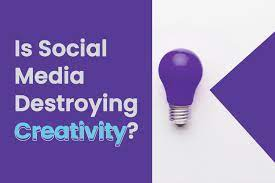Businesses can leverage social media in various ways to fuel growth. Here are some effective strategies:
Build a Strong Presence: Establish a presence on key social media platforms where your target audience is active. This includes platforms like Facebook, Instagram, Twitter, LinkedIn, TikTok, etc.
 Engage with Your Audience
Engage with Your Audience: Actively engage with your audience by responding to comments, messages, and mentions. This helps in building a relationship with your customers and fosters brand loyalty.
 Create Compelling Content
Create Compelling Content: Share high-quality content that resonates with your audience. This could include blog posts, videos, infographics, podcasts, etc. Ensure that your content is valuable, informative, entertaining, and relevant to your target audience.
Utilize Paid Advertising: Social media platforms offer various advertising options to reach a wider audience. Utilize paid advertising to target specific demographics, interests, and behaviors, thereby increasing brand visibility and driving traffic to your website or landing pages.
Run Contests and Giveaways: Organize contests, giveaways, and promotions to incentivize engagement and attract new followers. Encourage user-generated content by asking your audience to participate in challenges or share their experiences with your products/services.
Collaborate with Influencers: Partner with influencers or micro-influencers in your niche to reach a larger audience and build credibility. Influencers can help amplify your brand message and drive engagement among their followers.
Monitor and Analyze Performance: Regularly monitor the performance of your social media efforts using analytics tools provided by each platform. Analyze metrics such as engagement rate, reach, click-through rate, conversion rate, etc., to identify what's working and what needs improvement. Use this data to optimize your strategy accordingly.

Provide Excellent Customer Service: Use social media as a platform for providing customer support and addressing inquiries or concerns in a timely manner. Prompt and helpful responses can enhance customer satisfaction and foster positive word-of-mouth.
Stay Consistent and Authentic: Maintain a consistent posting schedule and voice across all your social media channels. Authenticity is key to building trust with your audience, so ensure that your messaging aligns with your brand values and resonates with your target demographic.
Stay Updated with Trends: Keep an eye on social media trends and adapt your strategy accordingly. Experiment with new features, formats, and emerging platforms to stay ahead of the curve and maintain relevance with your audience.

By implementing these strategies effectively, businesses can leverage social media to drive growth, increase brand awareness, generate leads, and ultimately boost sales.










